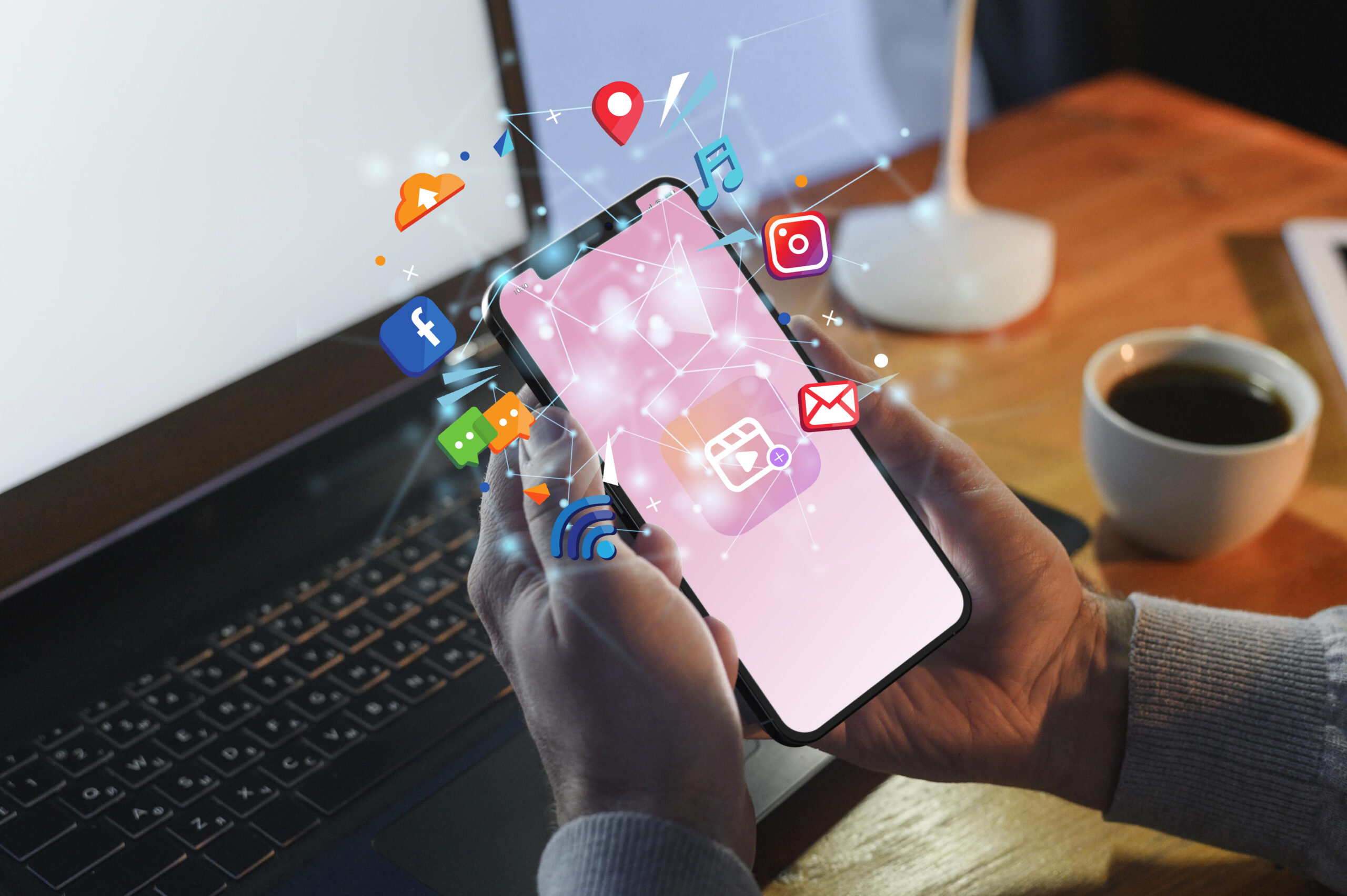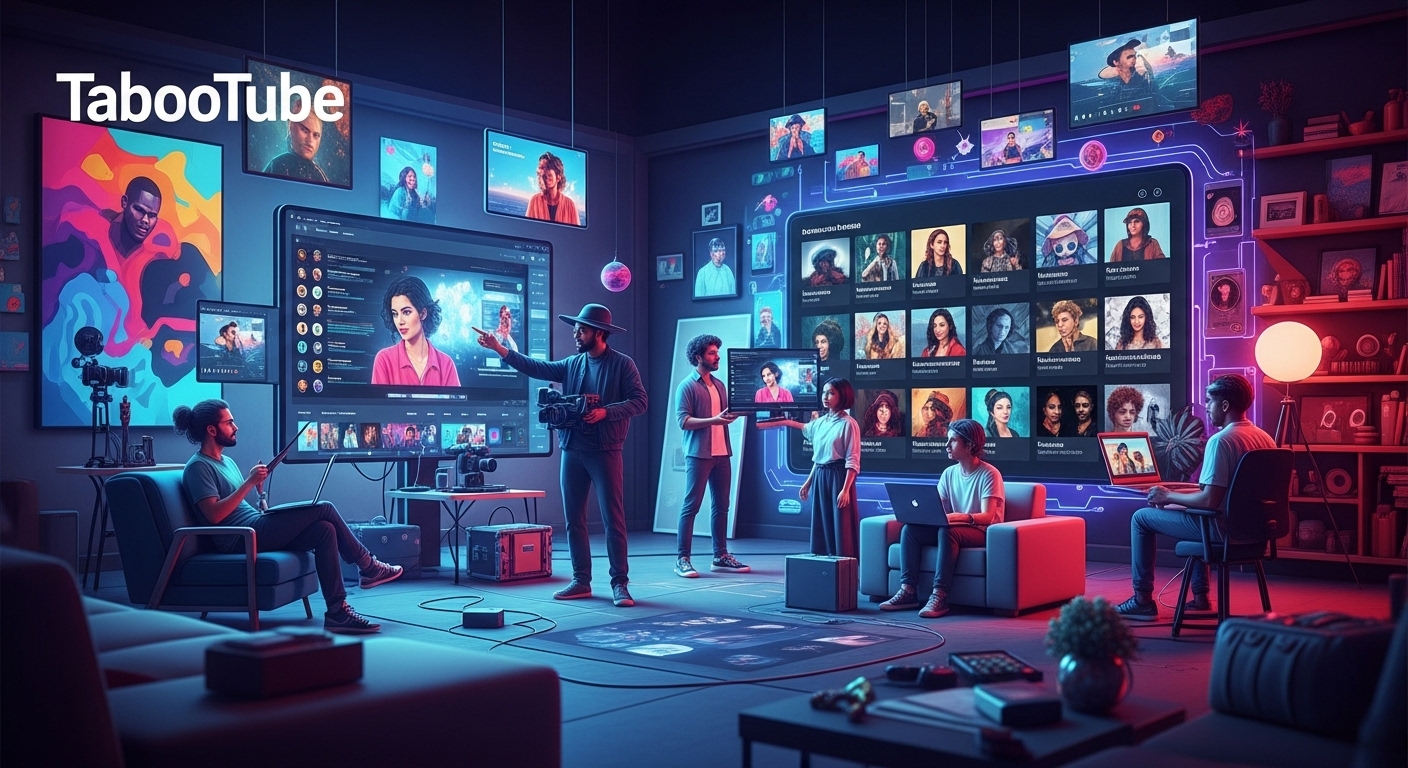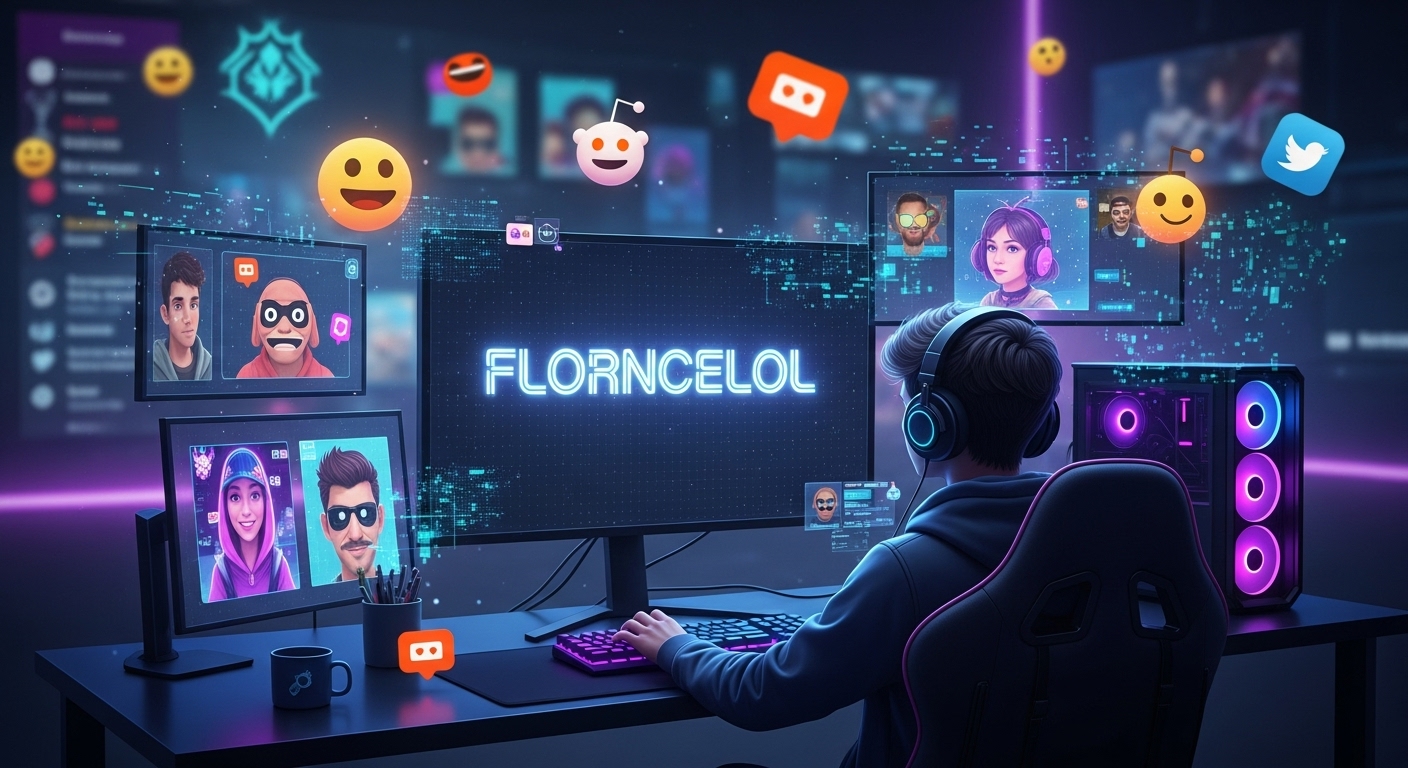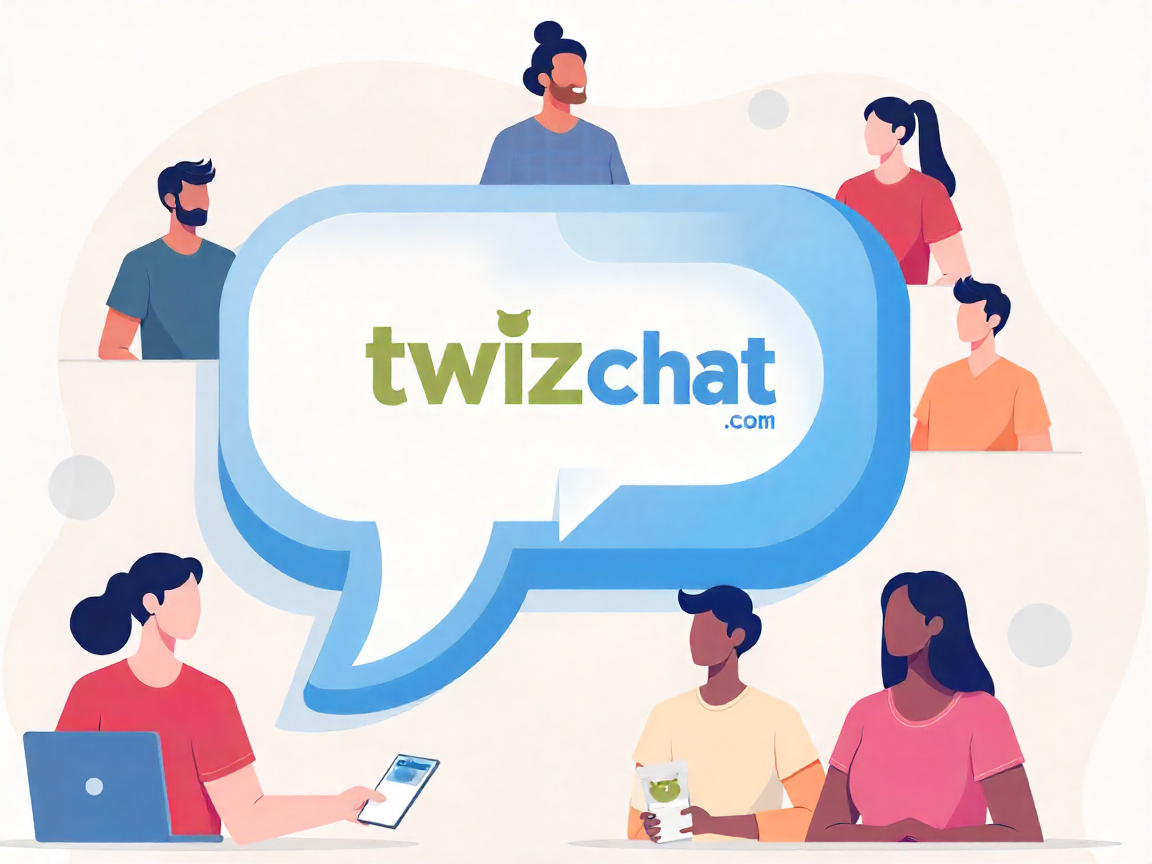Introduction: What is Baddieshun?
In an age ruled with the aid of virtual personas, curated aesthetics, and viral beauty developments, a brand new counter-cultural movement has quietly emerged — Baddieshun. A mixture of the phrases “baddie” and “shun”, this term reflects a growing wave of individuals, especially from Gen Z and Gen Alpha, who are rejecting the pressures of online perfection and performative splendor.
Baddieshun is more than a hashtag or fleeting trend. It is a cultural reaction to virtual burnout, unrealistic requirements, and hyper-consumerism, imparting an alternative rooted in authenticity, self-recognition, and intellectual readability.
Understanding the “Baddie” Culture
To recognize the rise of Baddieshun, it’s vital to examine the “baddie” archetype that preceded it.
The “baddie” is often portrayed as:
- Highly confident and socially dominant
- Always properly-groomed with heavy makeup and ultra-modern fashion
- A fixture on systems like Instagram, TikTok, and YouTube
- Physically attractive through mainstream requirements
- Living a lifestyle related to luxury and desirability
This aesthetic won reputation in the early 2010s and has become widely influential. It was empowering to many, in particular women who used it to reclaim their image, have a good time self-love, and pursue visibility in a digital global. community
However, the baddie picture developed into something increasingly more commercial, curated, and emotionally taxing. The line between empowerment and pressure began to blur.
Why Baddieshun is Emerging Now
As the digital age matures, many young people are confronting the negative effects of social media culture:
1. Mental Health Impacts
Studies have validated sturdy correlations between time spent on photograph-primarily based completely systems and rising charges of depression, tension, and frame dissatisfaction, particularly among teenage women.
2. Digital Fatigue
Users are reporting burnout from continuously posting, enhancing, and maintaining a faultless online presence.
3. Filter Culture Backlash
The use of filters and improving apps like Facetune has brought about unrealistic self-comparisons and distorted self-esteem ideals.
4. Hyper-Consumerism
Being a “baddie” frequently means showcasing the present-day products, clothes, or lifestyles, fueling overconsumption and unsustainable style cycles.
Baddieshun was born as a conscious rejection of these stressors. It represents a pivot from perfection to presence, from show to substance.
Core Principles of Baddieshun
Baddieshun isn’t in reality anti-baddie. It is seasoned truth, pro-aim, and pro-well-being. Below are its foundational values:
1. Radical Authenticity
Baddieshun encourages humans to show up precisely as they are—unfiltered, unedited, and unapologetic. It celebrates skin texture, feelings, flaws, and imperfections.
2. Minimalism and Sustainability
Instead of chasing the present-day make-up or style drops, Baddieshun followers are cognizant of moral intake, secondhand style, and appreciating what they already have.
3. Mental Wellness First
The motion promotes logging off, training mindfulness, and selecting solitude over social validation when desired.
4. Emotional Honesty
Rather than pretending to be continuously assured, Baddieshun welcomes vulnerability. It says it’s ok to experience insecure, tired, or uncertain—and to percentage brazen.
5. Rejection of Performance Culture
Baddieshun devalues follower counts, likes, and aesthetic “perfection.” It prioritizes genuine connection over digital clout.
Visual & Lifestyle Traits of Baddieshun
While Baddieshun isn’t about aesthetics per se, it has inadvertently cultivated a distinctive look and feel—one that reflects calm, simplicity, and realness.
Baddieshun Aesthetic Might Include:
- Bare-faced selfies or “no makeup” days
- Loose, comfortable, thrifted clothes
- Unfiltered camera rolls and lo-fi content
- Raw emotions or daily reflections shared openly
- A peaceful or neutral digital presence (fewer posts, muted colors)
It’s the anti-glam look, but not in a way that dismisses beauty. Rather, it reclaims beauty on its terms—not as a performance, but as a reflection of one’s inner peace.
The Role of Social Media in Baddieshun
Ironically, Baddieshun is gaining traction on the very platforms it critiques. Here’s how it manifests digitally:
1. Quiet Content Creation
Many Baddieshun-inspired creators now focus on slow content—less polished, more intimate. Think: long videos of mundane tasks, unboxing used books, vlogs about doing nothing.
2. Digital Boundaries
Participants often limit screen time, unfollow triggering accounts, or delete apps altogether.
3. Decluttering Online Identity
Instead of curating highlight reels, users are embracing authentic feeds—including struggles, failures, and quiet wins.
4. Algorithm Resistance
Rather than chasing trends for virality, Baddieshun creators often post for meaning, not metrics. The goal is expression, not engagement.
Baddieshun vs. Other Movements
There are several related movements, but Baddieshun stands out in subtle ways:
| Movement | Focus | Key Differences |
| Clean Girl Aesthetic | Minimal beauty, effortlessness | Still highly curated and often exclusive to certain beauty standards |
| #NoMakeup Movement | Natural appearance | Baddieshun includes emotions and digital detox, not just looks |
| Digital Detox Culture | Logging off for mental health | Baddieshun includes this but adds a cultural critique of performative femininity |
| Soft Life Trend | Ease, luxury, emotional peace | Baddieshun isn’t about luxury; it’s about opting out of lifestyle pressures entirely. |
Cultural Impact of Baddieshun
Though still niche, Baddieshun is influencing fashion, mental health discourse, and online behaviors:
- Thrift stores and slow fashion brands are aligning with its values.
- Mental fitness apps and journals are gaining popularity among their followers.
- Influencers who embody raw, unfiltered content are attracting unwavering audiences.
- YouTube and TikTok creators are producing “day in the life” films with minimal enhancing and no heritage tune.
This shift is proof that young people crave depth and balance in the digital world. They are tired of performance and hungry for peace.
Criticism and Misunderstandings
Not everyone agrees with Baddieshun’s philosophy. Here are a few common critiques:
1. Too Idealistic?
Some argue that opting out of baddie culture is a privilege—not everyone can disengage from beauty standards or step away from social media pressure.
2. New Form of Aesthetic Pressure?
Ironically, some feel that Baddieshun has become its aesthetic trend—one that pressures people to appear effortlessly natural or spiritually detached.
3. Shaming Confident Women?
There’s concern that the movement might subtly shame women who do enjoy makeup, fashion, or bold aesthetics.
However, true Baddieshun philosophy is non-judgmental. It isn’t about what you look like, but why you do what you do. Intent matters more than appearance.
Conclusion: A Quiet Revolution
Baddieshun is not a call to arms—it’s a whisper to the soul. In a world that demands visibility, perfection, and performance, it’s a quiet invitation to return to your self.
Whether you wear makeup or not, post selfies or not, the Baddieshun ethos asks:
Are you doing this for others, or you?
By selling inner peace, conscious dwelling, and emotional transparency, Baddieshun gives a brand new version of virtual identity—one that values presence over performance, connection over comparison, and meaning over metrics.
And in this hyperconnected, over-inspired age, that is probably the most radical sort of confidence there is.
Stay in touch to get more updates & alerts on BaddiehubX! Thank you




